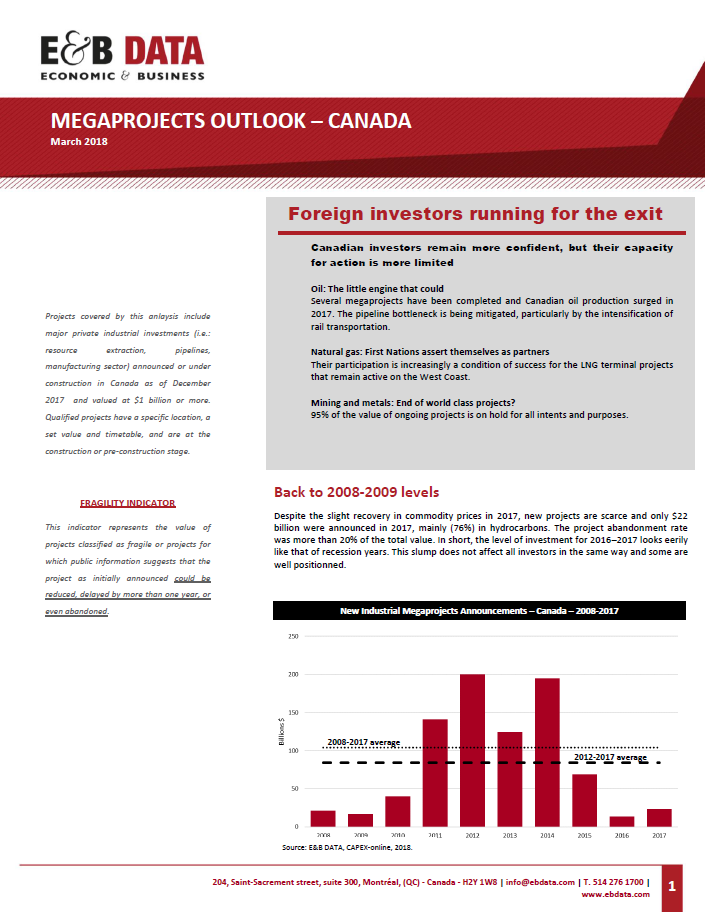|
Drop in Oil Prices: Contagion Effects to be Expected in 2015? December 22, 2014 . Can the forces of supply and demand in international markets account for the dramatic drop in oil prices? If only it were that simple… Although global consumption of oil is a little more than 91 million barrels daily1, investors trade more than ten times that number (1.2 billion barrels2) in derivatives every day, along with shares in oil companies and financial institutions active in the oil sector. Speculators hold more than 90 percent of these derivatives, while large consumers (such as airline companies) hold most of the remainder as hedging against price volatility. The total virtual market is so much larger than that of the market for “wet” barrels, that movements within the virtual market exacerbate the impact of imbalances between current supply and demand of wet barrels. If drastic changes in value affected only traders, the impact could be contained, but given that traders might have borrowed massively in order to buy derivatives, it could have serious consequences on major lenders as the loans mature. The magnitude of the shock will depend on how long oil prices remain low and on the degree of exposure of investors and financial institutions. In the worst-case scenario, the situation could affect the financial sector and later, the real economy through a contagion effect similar to the crisis that began in the U.S. real estate sector in 2007-8. ******* [1] International Energy Agency and US Energy Information Administration (EIA), December 2014. [2] CME Group, December 2014. Includes futures and options.
|
|


